Explore everyday life in Japan
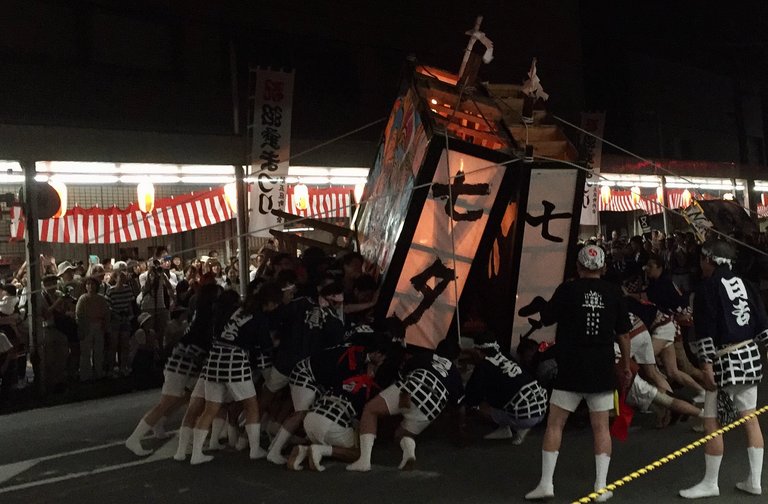
Every year, on August 15 and 16, there is a very small and very local kenka matsuri (fighting festival) in a small neighborhood of Niigata City that is known as Nuttari.
At first glance, this festival might appear to be all about strength, bravado, and drunkenness, but in reality, there is much more to it than the festival’s enigmatic finale might suggest.
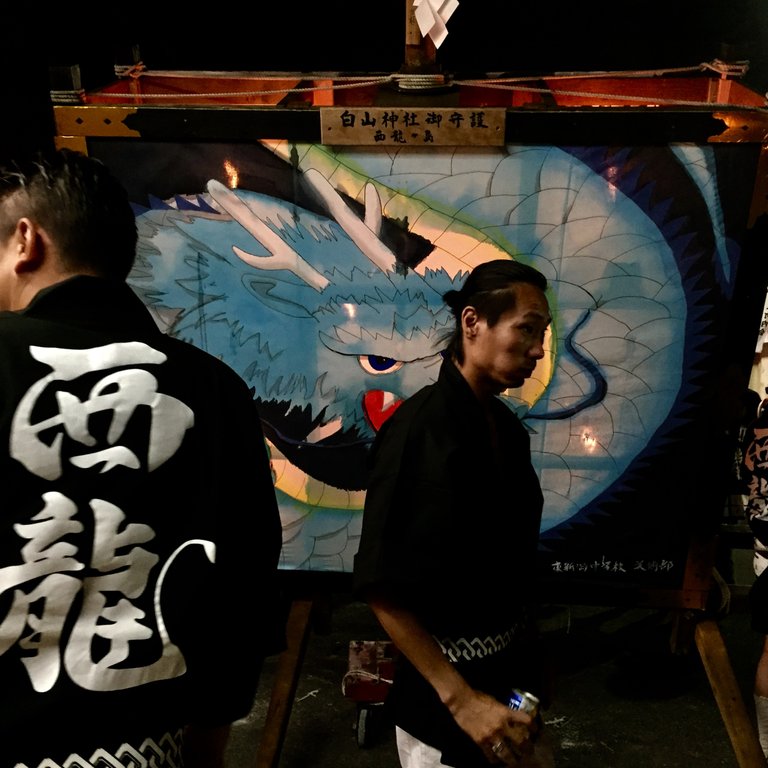
In Japan, neighborhoods are divided into small zones, and those zones are sometimes divided into even smaller quarters.
The families and people living in each zone share responsibilities regarding the care and upkeep of the area in which they live. Each year, a different family is put in charge of collecting dues from the other families and people living in their zone. These fees are then used for various things like replacing the communal bucket and broom that is used to clean the nearby garbage station, or paying for movie tickets so that the children in the area can have a night out together during summer vacation, etc. Community clipboards with important news and announcements are also passed around the zones from house to house.
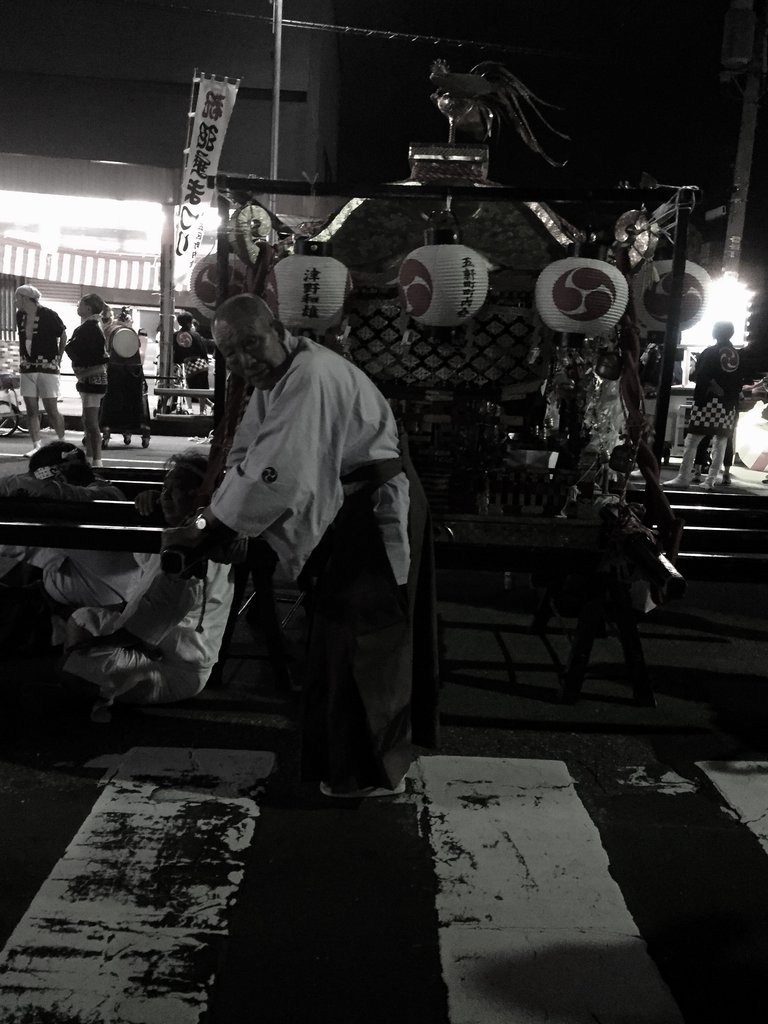
In addition to these typical Japanese zone committees, many of the various zones in the Nuttari neighborhood also form festival committees.
A year before the festival takes place, planning begins. This planning involves multiple meetings, which are often based around drinking beer and Japanese sake while having a meal or snacks of some kind. At these meetings, themes and designs are considered and chosen for decorating the large wooden lantern frames that are carried through the streets and ultimately smashed into each other during the festival. Committee members are appointed to carefully draw and paint each of the panels that are used to decorate these frames. Other members are given the tasks of repairing and maintaining them, while other members are put in charge of duties like buying new uniforms, removing old uniforms from storage and arranging their cleaning, learning on how to play the local festival folk song on the taiko drums and bamboo flutes, etc.
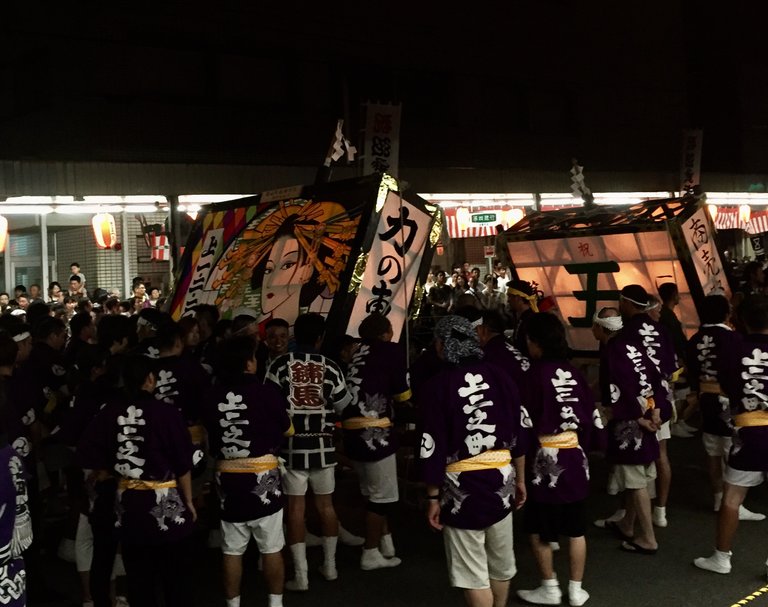
Great pride is taken by each zone when preparing for this festival.
The preparations that are made become representations of the neighborhood’s zones themselves. They represent the skill, working spirit, and camaraderie of all the people living there.
That is why, when you see a festival like this, one in which beautiful works of art are painstakingly planned and made over the course of a year and then proudly put on display and carried through the various zones of the Nuttari neighborhood for two days before they are violently smashed into each other, it’s important to remember that what you are seeing is not just a wild celebration or an annual competition of strength, but is in actuality a display of community pride and togetherness, something that community members of all ages can participate in over the full course of two days.
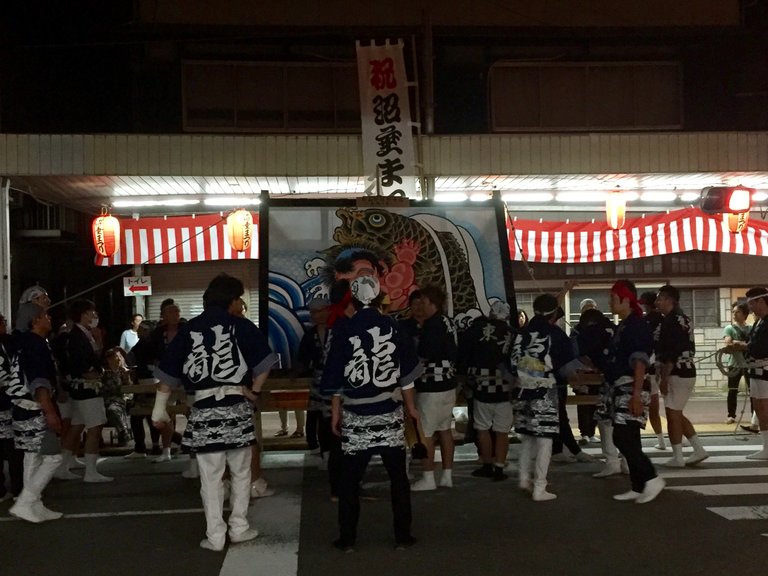
?utm_source=email&utm_medium=vimeo-cliptranscode-201504&utm_campaign=28749
This is an ongoing series that will explore various aspects of daily life in Japan. My hope is that this series will not only reveal to its followers, image by image, what Japan looks like, but that it will also inform its followers about unique Japanese items and various cultural and societal practices. If you are interested in getting regular updates about life in Japan, please consider following me at @boxcarblue. If you have any questions about life in Japan, please don’t hesitate to ask. I will do my best to answer all of your questions.
Thank you for taking part in this months #culturevulture competition. Good Luck
Does this sense of community even happen in the big cities where there is a transient population or is it more a feature of the smaller cities and towns.
Having never lived in a major city like Tokyo, Yokohama, Osaka, or Kyoto, I'm not sure.
I can say that even major cities have residential areas, and from what I know about some of the surrounding suburbs of Tokyo like Saitama, the small neighborhood cooperation with shared responsibilities still exists.
In areas that are mostly condos and apartment buildings, things change slightly, but even some apartment buildings have community rooms and meetings where issues are discussed and people either volunteer to or are appointed to lead morning exercises for the children during summer vacation, etc.
A lot of this attitude is developed in Japanese schools. The ideas of working together, joining clubs or groups (in university and afterward they often call them circles) is very common. So I think that, though the community aspect may not be as localized as it is in smaller towns and cities, it still exists in the form of social groups. In addition, regarding these festivals, larger festivals are often joined by companies, which means that all of the employees will participate as a group and you will find the community aspect expressed through job loyalty and company pride, etc.
This reminds me of the Nebuta Matsuri I used to go to in Aomori, except that those floats are larger. I can still get a little taste of it every Thanksgiving, as they bring a float to Hollywood for the annual Santa Claus Lane Parade. Thousands of miles away and I can still chant Rassera! Thanks for an enjoyable read and some great photos.
I've never been to that festival but it's on my list of things to do some day. I've heard it's quite a spectacle and much more like a parade. That's pretty incredible that they bring a float to Hollywood!
I think it's a sister city thing with Hollywood, but it's really exciting to hear the taiko drums and flutes and see that big lighted float coming down Hollywood Boulevard.
Congratulations @boxcarblue! You have received a personal award!
Click on the badge to view your own Board of Honor on SteemitBoard.
For more information about this award, click here
What is that a sport? What happens those billboards falls on the people. It's too dangerous man.
It's like a push 'o' war instead of a tug 'o' war. Those cages don't fall on anybody, but it is dangerous. Your legs and torso can get caught between the poles used to carry them and you can get squeezed really hard, potentially crushed. That's why there are a lot of referees watching. They stop the match when there is trouble. Watch the video. You'll see.
Wow this looks exciting! I love the costumes! For me, Japan is one of the most exciting countries in Asia because it combines the contrast between tradition and modernity so well! Really great post thanks for this insight!
They do carry traditions on here very well. I often wonder how long they can continue doing so. It would be interesting to see Japan one or two hundred years from now.
nice shot!
ありがとう!快適な夏を過ごしていますか?
Wow! Thanks for sharing such a valuable information about your festival. I come to know about Japanese people and your festivals from this community. One year preparation makes it grew great. I came to know little about about Nigata city from your friend's post, now I am familiar with your Nuttery festivals. Thanks for sharing such an amazing festival and culture of your country. I want to hear more about your country and your social frameworks. I am following you and upvoting you please do me the same so that I can learn more about your country. Have a great day friend happy steeming.
I'm glad you enjoyed my post. I've followed you back.
Thank you so much friend, your friend kafkaranchy is also my friend, he had done me a great favore from which my interest about Japanese people have arises. Thanks for replying and supporting me. We will rock together in this community. Wish you all the best and good health and happiness have a great day.
I'm looking forward to it. You have a great day, too.
Nice post- great photos and video. I enjoyed reading about how people live in Japan :)
I'm glad to hear it. Thank you for leaving a comment!
Awesome. Thanks for posting this. Never been to Japan, but now I am getting an itch.
It's a great place to visit. Lots of history, interesting culture, beautiful nature, and nice cities.